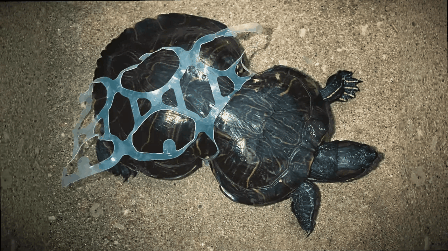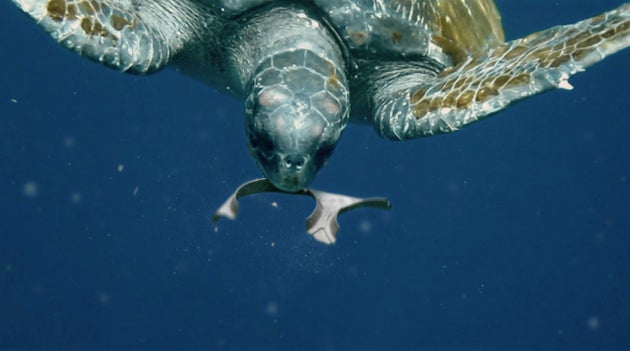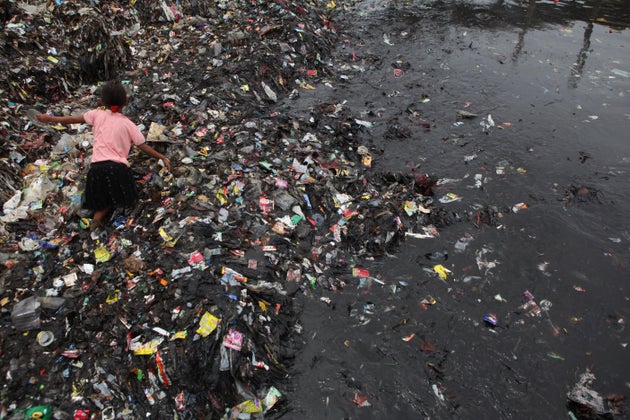What an ingenious twist on packaging. Will customers be willing to spend a little more to protect the environment and wild life?
We hope they will look at the stats quoted below on the consumption of plastic by marine life. It is horrifying. That alone should compel change. If not we clearly do not have a heart for protecting our ecosystem or sharing the planet with other life forms. The flip side is the excitment of seeing this alternartive hit the market. Innovation is great for the economy as well.
Edible Rings On Six-Packs Feed Marine Life If They End Up In The Ocean
by
A craft beer company has brewed up a brilliant idea.
Saltwater Brewery in Delray Beach, Florida, has created edible six-pack rings that feed, rather than kill, marine life if the rings end up in the ocean and an animal happens to eat it. The rings are created from beer by-products during the brewing process such as barley and wheat and are completely safe for humans and fish to eat.
The rings are also 100 percent biodegradable and compostable, which just ups the product’s sustainability game.
The brand says that the innovative design is as resistant and efficient as plastic packaging. The only drawback is that edible six-pack rings are more expensive to produce. But the company hopes that customers will be willing to pay a little more in order to help the environment and animal life.
“It’s a big investment for a
small brewery created by fisherman, surfers and people that love the
sea,” Peter Agardy, head of brand at Saltwater Brewery, said in the below video.
The brand also believes that if more breweries hop on this bandwagon, prices may go down. If more companies invested in the technology, production cost would go down and edible rings would become competitive with plastic ones, saving marine lives — which is desperately needed.
The brand also believes that if more breweries hop on this bandwagon, prices may go down. If more companies invested in the technology, production cost would go down and edible rings would become competitive with plastic ones, saving marine lives — which is desperately needed.
According to a report published in the journal PNAS,
researchers have found that about 90 percent of seabirds have eaten
plastic and are likely to retain some in their gut. They also are
“virtually certain” that by 2050, any seabird found dead will have
plastic in their stomach.
The Ocean Conservancy’s 2015 Ocean Trash Index —
which enlisted 561,895 volunteers to pick up 16,186,759 pounds of
garbage — also offers a few staggering facts. It cites plastic as among
the most common trash item ingested by sea turtles in 2015. Volunteers
found 57 marine mammals, 440 fish and 22 sharks, skates and sting rays
entangled in plastic. The index also explains that littering isn’t the
sole culprit for plastic in the ocean. Plastic can also be blown by the
wind from a trashcan or dump, end up in a storm drain and then travel
through pipes into the ocean.
Facts like these makes a concept like edible six-pack rings seem vital.
“We hope to influence the big guys,” Chris Goves, Saltwater Brewery’s president, said. “And hopefully inspire them to get on board,”
Facts like these makes a concept like edible six-pack rings seem vital.
“We hope to influence the big guys,” Chris Goves, Saltwater Brewery’s president, said. “And hopefully inspire them to get on board,”




No comments:
Post a Comment